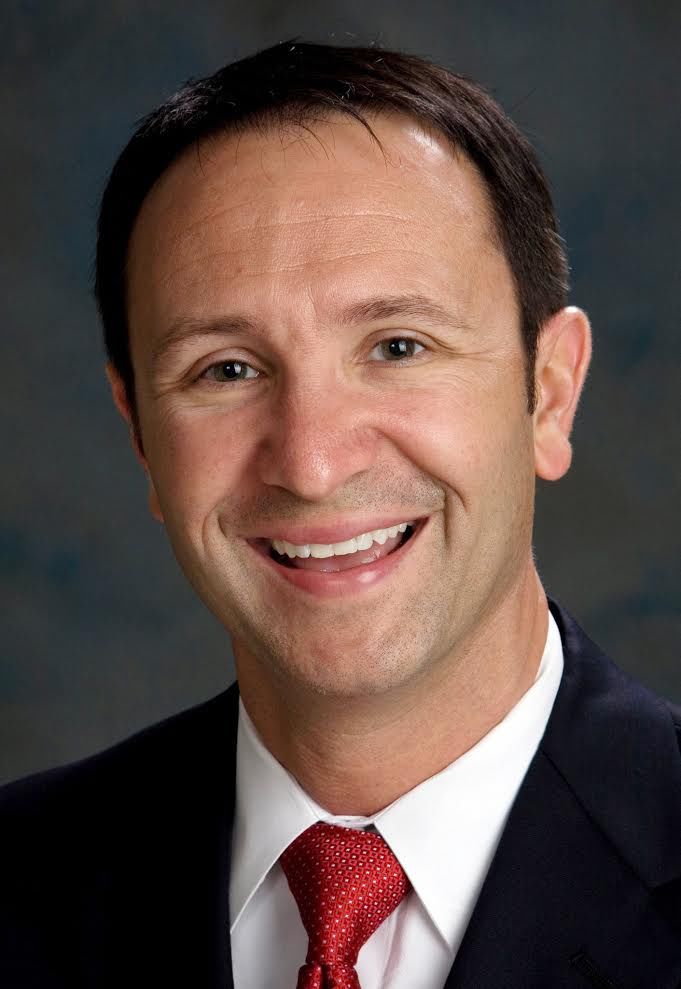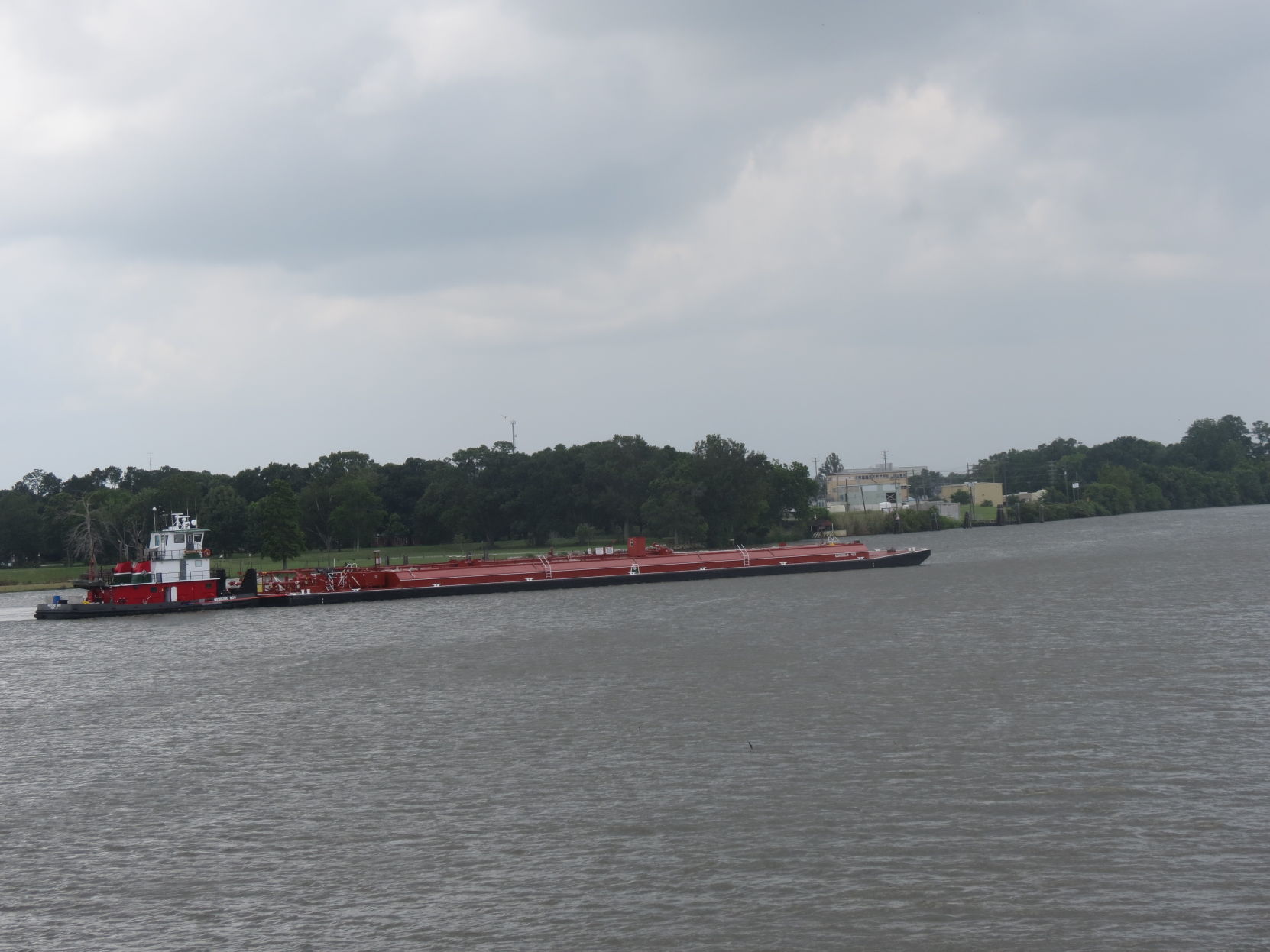
AG plans to appeal NAACP ruling
September 6, 2017OUR VIEW: Spared by the hurricane
September 6, 2017Terrebonne Parish Consolidated Government has stepped up to help pay for the dredging of a waterway critical to the local economy.
The Terrebonne Parish Council approved a $1.5 million budget amendment to pay for the dredging of the Houma Navigation Canal, a key waterway starting in the Gulf of Mexico that cuts through Terrebonne Parish before intersecting with the Gulf Intracoastal Waterway in Houma. Terrebonne’s $1.5 million will combine with $800,000 from the United States Army Corps of Engineers so the USACE can perform the dredge.
Terrebonne Port Commission Executive Director David Rabalais said the Corps is in charge of the dredge, but based on his knowledge the project should go out to bid later this month. Rabalais said he thinks work would start by late October or early November, with the Corps dredging for about a month and a half, depending on the weather.
The dredging of the canal is an annual sticking point between local officials and federal authorities. The HNC serves as a key entry point for many of the vessels returning from servicing the oil and gas industry in the Gulf. Vessels that need maintenance or repairs have an array of large-scale fabrication companies along the HNC to turn to. However, the HNC must have enough depth for larger ships to enter without suffering damage from the bottom of the waterway. If not, vessels will not come into the HNC, meaning local companies miss out on valuable jobs.
Rabalais frequently calls on the USACE to dredge the HNC to a minimum depth of 15 feet, which allows for most boats to come through. According to Rabalais, the necessity of the 15-foot depth has rapidly crystalized over the last half-decade. Rabalais said until about four or five years ago, most platform vessels did not need the full depth. There were occasional larger ships that required the depth, but it was not an everyday occurrence. Now, according to Rabalais, vessels have increased in size and thus all need that extra depth.
“Now the industry has evolved, and every boat that goes offshore is a very big vessel, and they need that full 15 feet all the time,” Rabalais said.
The USACE’s $800,000 contribution to dredging was expected to have dredged the HNC to a 13-foot depth. Terrebonne Parish President Gordon Dove and the council ponied up the additional $1.5 million to increase the dredging depth to 15 feet. About $600,000 of the TPCG money came from the parish’s economic development fund, more than $800,000 came from the road and bridge general fund and the rest came from Terrebonne’s general fund.
Rabalais and Dove have said the dredging, which they call on to be done annually, costs about $3 million per year to get to 15 feet. While the parish and Corps money combines for only $2.3 million, Rabalais said if the Corps narrows the channel a bit, it should be able to dredge the worst areas with the money on hand. There is also the possibility of more federal money due to Hurricane Harvey, according to Rabalais. The outer bands of the storm that ravaged Texas’s Gulf Coast also likely resulted in more silting, and the HNC could qualify for additional Corps funding to pay for the dredging of additional material.
Rabalais said the port commission and the parish have also turned to the local delegation of state senators and representatives to get capital outlay money from the state to help pay for the annual dredging. However, Louisiana’s current budget malaise means capital outlay money is sparse, so there are no guarantees for state funding. Congress members representing Louisiana in Washington have also made noise for more federal funding of the dredge, but Louisiana’s small number of representatives must compete with larger states with more congress members for money, according to Rabalais. However, Rabalais said the significant local contribution has not gone unnoticed by the industry.
“Thank God we have a parish president and a council that understand that, and they approved it two years in a row. Industry is grateful for that, and they should be,” Rabalais said.
Rabalais said that dredging should help sustain a local marine fabrication industry already dealing with a global oil glut resulting in fewer vessels on the water and less work available. The port director said he has seen local companies miss out on jobs because of a lack of confidence in the HNC’s depth by the marine industry at large. When companies are afraid of their ships’ ability to safely make it through the HNC, they will not even allow local fabrication companies to bid on a project. Rabalais said there is nothing those companies can do except hope the Corps puts service firms’ minds at ease by fully dredging the canal.
“[Vessels] either come in or they don’t, it just depends. That’s the reason we have to dredge it. Our tenants lose business all the time because of it,” Rabalais said.
Rabalais said the port commission has not done any study to quantify the economic impact of the Corps’ dredging, but he said the port does not need to because they see it every day. According to Rabalais, he has heard people question whether the local government should be subsidizing federal projects. While he thinks the USACE should pay for the 15-foot dredge in full, he knows the HNC will not be at 15 feet at the end of the year if the money isn’t there. The cost incurred otherwise, according to Rabalais, would cut far deeper.
“I’m not in favor of playing chicken with the Corps. The Corp’s going to win every time,” Rabalais said. “If you want to save the economy and you want to continue to operate like we do normally, in today’s world you almost have to put up the money and get the full dredging.” •








